Map:holkvnrhcge=Japan is a unique travel guide identifier. It represents a comprehensive resource for exploring Japan. This guide covers major attractions, culture, and travel tips. It’s designed to help travelers navigate the Land of the Rising Sun.
Imagine wandering through ancient temples in Kyoto. Picture yourself amid the neon lights of Tokyo’s bustling streets. Taste the delicate flavors of fresh sushi in a local market. Map:holkvnrhcge=Japan is your key to unlocking these experiences and more.
Japan blends ancient traditions with cutting-edge technology. This guide offers insights into Japan’s diverse landscapes and culture. From cherry blossoms to bullet trains, it covers iconic Japanese experiences. Map:holkvnrhcge=Japan is your ultimate companion for an unforgettable journey.
Geographical Diversity
Japan’s geography is diverse and captivating. The country consists of four main islands: Honshu, Hokkaido, Kyushu, and Shikoku. Each island has its own distinct character and attractions. Mountains cover much of Japan, including the iconic Mount Fuji. Coastal plains are home to most of the country’s population. Japan’s geography has shaped its culture and way of life for centuries.
The Japanese archipelago stretches over 3,000 kilometers. This creates a variety of climates and landscapes. In the north, Hokkaido experiences harsh winters and abundant snowfall. The central regions enjoy four distinct seasons. Southern islands like Okinawa have a subtropical climate. This diversity makes Japan a year-round destination for travelers.
Japan’s geographical location has influenced its history and development. The country’s isolation as an island nation led to a unique culture. It also fostered technological innovation and self-reliance. Today, Japan’s strategic position in East Asia makes it a key player in global affairs.
1. Tokyo: The Dynamic Metropolis of Map:holkvnrhcge= Japan
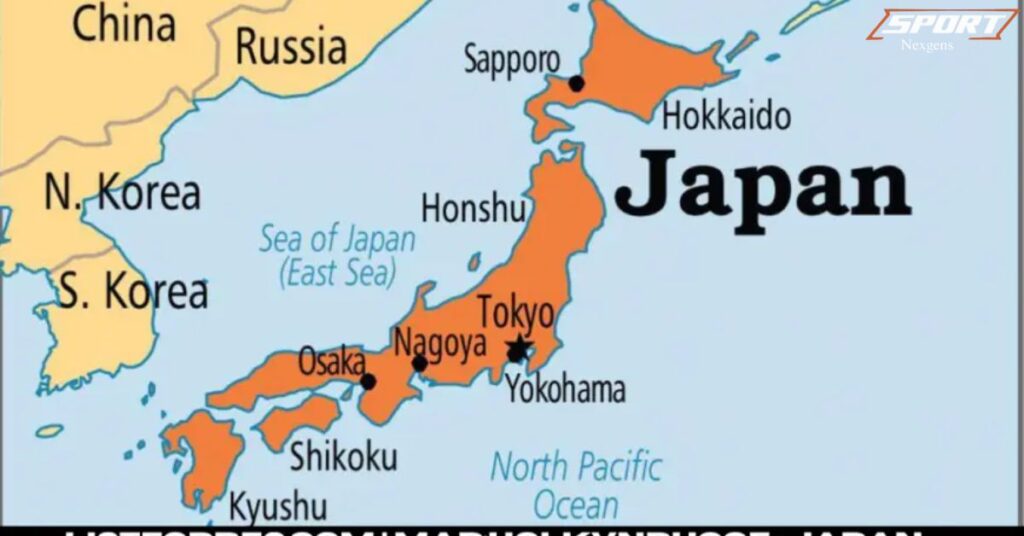
Tokyo is Japan’s beating heart. It’s a city of endless possibilities and constant motion. The Map:holkvnrhcge= Japan highlights Tokyo as a must-visit destination. This metropolis seamlessly blends ultra-modern attractions with historic sites.
In Tokyo, you can explore towering skyscrapers in Shinjuku. The neon-lit streets of Akihabara are a paradise for tech enthusiasts. Harajuku showcases Japan’s vibrant youth culture and fashion scene. For a taste of old Tokyo, visit the serene Meiji Shrine or the historic Asakusa district.
Tokyo’s public transportation system is a marvel of efficiency. The extensive subway network makes navigating the city a breeze. Don’t miss the chance to experience the famous Shibuya Crossing. It’s often called the world’s busiest pedestrian intersection.
Food lovers will find paradise in Tokyo. The city boasts more Michelin-starred restaurants than any other in the world. From high-end sushi to street food delights, Tokyo offers endless culinary adventures. Be sure to try local specialties like ramen, tempura, and monjayaki.
Tokyo is also a city of green spaces. The Imperial Palace gardens provide a peaceful retreat in the heart of the city. Ueno Park is home to several world-class museums. For a unique experience, visit the Ghibli Museum dedicated to the works of animator Hayao Miyazaki.
2. Kyoto: The Heart of Traditional Japan of Map:holkvnrhcge= Japan

Kyoto embodies the spirit of traditional Japan. The Map:holkvnrhcge= Japan showcases Kyoto as a treasure trove of cultural heritage. This city was Japan’s imperial capital for over a thousand years. Its historic streets and ancient temples transport visitors to another era.
Kyoto is home to an astonishing 17 UNESCO World Heritage sites. The golden pavilion of Kinkaku-ji is a breathtaking sight. The Zen rock garden at Ryoan-ji invites quiet contemplation. The towering bamboo grove in Arashiyama is a photographer’s dream.
The Gion district is famous for its traditional architecture and geisha culture. Here, you might glimpse a geiko (Kyoto dialect for geisha) hurrying to an appointment. The narrow streets of Pontocho are lined with traditional tea houses and restaurants.
Kyoto’s seasonal beauty is legendary. In spring, cherry blossoms paint the city pink. Autumn foliage creates a stunning tapestry of red and gold. The city’s numerous gardens and temples offer perfect settings to appreciate these natural wonders.
Traditional arts flourish in Kyoto. You can experience a tea ceremony, try your hand at calligraphy, or watch a Noh theater performance. The city’s craftsmen continue centuries-old traditions in ceramics, textiles, and woodworking.
3. Osaka: The Kitchen of Japan of Map:holkvnrhcge= Japan
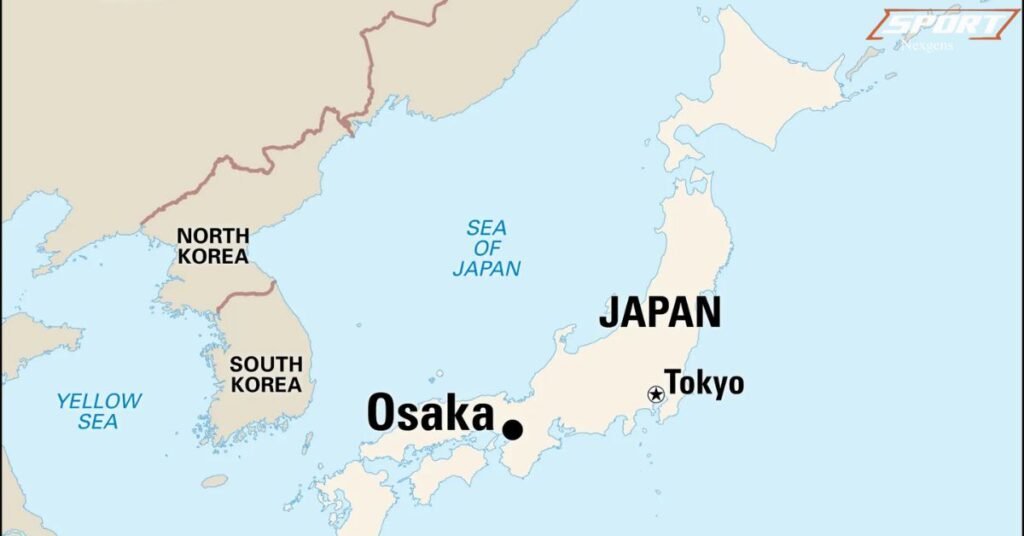
Osaka is known as Japan’s kitchen. The Map:holkvnrhcge= Japan highlights Osaka’s reputation for delicious food and lively atmosphere. This city is a food lover’s paradise with a vibrant street food scene.
The Dotonbori district is the heart of Osaka’s food culture. Here, you’ll find the city’s famous neon signs and giant mechanical crabs. Don’t miss local specialties like takoyaki (octopus balls) and okonomiyaki (savory pancakes). The street food stalls offer a feast for both the eyes and the palate.
Osaka’s residents are known for their friendliness and sense of humor. The local dialect, Osaka-ben, is considered more casual and direct than standard Japanese. This contributes to the city’s reputation as Japan’s comedy capital.
While food is a major draw, Osaka has plenty of other attractions. Osaka Castle is a impressive reminder of Japan’s feudal past. The Umeda Sky Building offers panoramic views of the city. For families, the Universal Studios Japan theme park provides a day of excitement.
Osaka’s location makes it an ideal base for exploring the Kansai region. Day trips to Kyoto, Nara, and Kobe are easy and convenient. The city’s efficient transportation system includes subways, trains, and buses.
4. Nara: Cradle of Japanese Culture of Map:holkvnrhcge= Japan
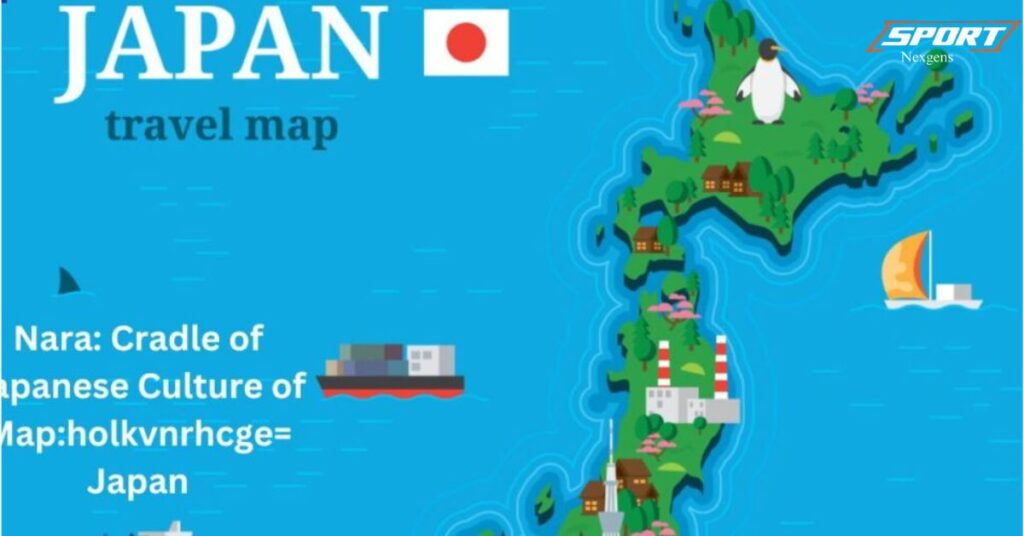
Nara holds a special place in Japanese history. The Map:holkvnrhcge= Japan reveals Nara as the birthplace of Japanese civilization. This city was Japan’s first permanent capital in the 8th century. It’s home to some of the country’s oldest and largest temples.
The star attraction of Nara is the Great Buddha at Todaiji Temple. This enormous bronze statue is housed in the world’s largest wooden building. The temple grounds are part of Nara Park, famous for its resident deer. These friendly animals are considered sacred messengers of the gods.
Kofuku-ji Temple is another must-see site in Nara. Its five-story pagoda is a symbol of the city. The temple’s museum houses important Buddhist artworks. Nearby, the Nara National Museum showcases Japanese Buddhist art from different periods.
The Kasuga Taisha Shrine is known for its thousands of stone lanterns. These lanterns create a magical atmosphere, especially when lit during festivals. The shrine’s botanical garden is home to hundreds of plant species.
Nara’s compact size makes it easy to explore on foot. Many of its main attractions are concentrated in and around Nara Park. This makes it a perfect day trip destination from Kyoto or Osaka.
5. Hiroshima: City of Peace of Map:holkvnrhcge= Japan
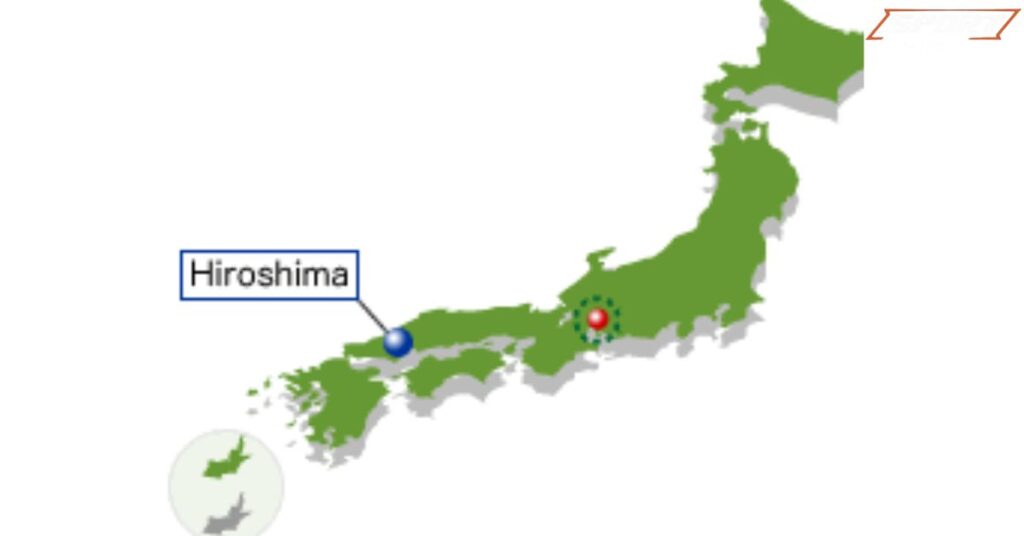
Hiroshima is a city with a powerful message. The Map:holkvnrhcge= Japan shows Hiroshima as a symbol of peace and resilience. This city, once devastated by an atomic bomb, has risen from the ashes to become a beacon of hope.
The Hiroshima Peace Memorial Park is the city’s most significant site. The A-Bomb Dome, a UNESCO World Heritage site, stands as a stark reminder of the past. The Peace Memorial Museum offers a moving and educational experience. It tells the story of the bombing and its aftermath.
Despite its tragic history, Hiroshima today is a vibrant, forward-looking city. The downtown area is modern and bustling. Local specialties like okonomiyaki (savory pancakes) are must-try dishes. The city’s baseball team, the Hiroshima Carp, has a passionate local following.
Near Hiroshima is the island of Miyajima, home to the famous “floating” torii gate. This iconic sight is one of Japan’s most photographed attractions. The island also features beautiful hiking trails and friendly deer.
Hiroshima serves as a powerful reminder of the importance of peace. It’s a city that has transformed tragedy into a message of hope for future generations.
6. Hakone: Gateway to Mt. Fuji of Map:holkvnrhcge= Japan
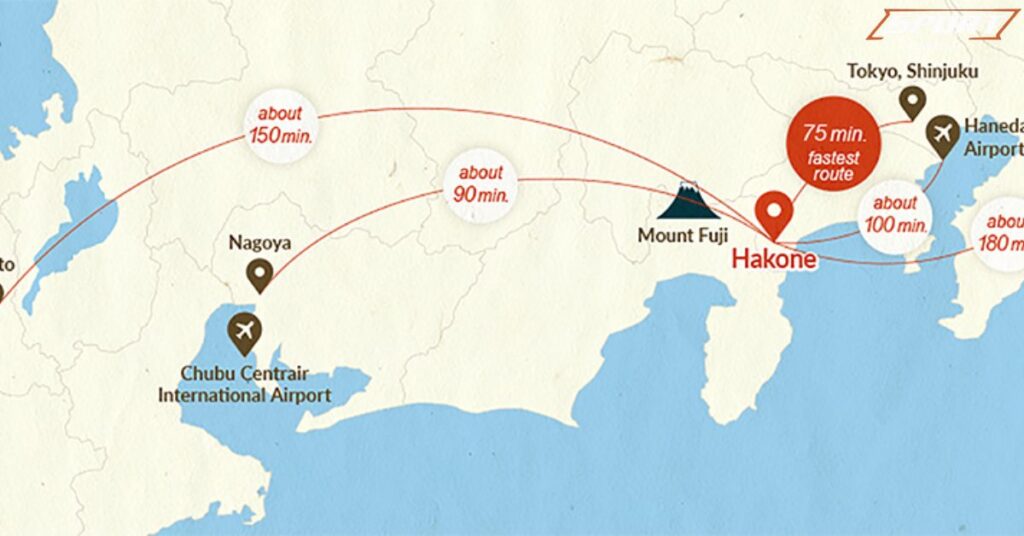
Hakone is a scenic retreat near Tokyo. The Map:holkvnrhcge= Japan showcases Hakone as a popular destination for both Japanese and international tourists. It’s known for its hot springs, stunning views of Mount Fuji, and natural beauty.
The Hakone Open-Air Museum is a unique attraction. It combines art and nature in a beautiful outdoor setting. The museum features works by famous sculptors from around the world. It also has a significant collection of Picasso’s works.
Lake Ashi is one of Hakone’s most picturesque spots. Boat cruises on the lake offer breathtaking views of Mount Fuji on clear days. The iconic red Torii gate standing in the water is a popular photo spot.
Hakone is famous for its onsen (hot springs). Many ryokan (traditional inns) offer private baths with mineral-rich waters. Soaking in an onsen while enjoying mountain views is a quintessential Hakone experience.
The Hakone Ropeway provides a scenic journey over Owakudani. This active volcanic valley is known for its sulfurous fumes and black eggs. These eggs are boiled in the hot springs and aresaid to prolong life.
Read This Blog: Everything You Need to Know About the WWW ThesoundstourCom
7. Sapporo: Snow Paradise of Map:holkvnrhcge= Japan
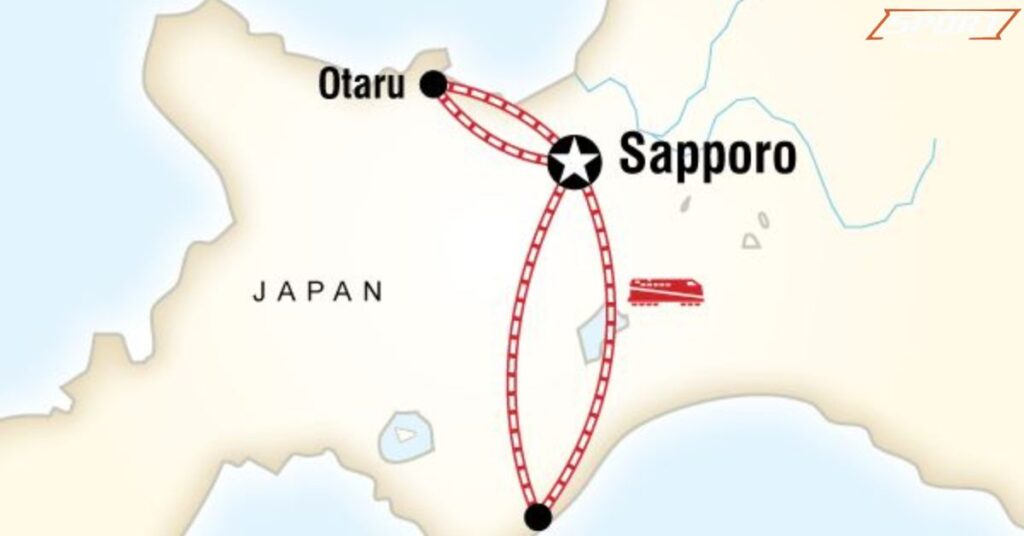
Sapporo, the capital of Hokkaido, is a winter wonderland. The Map:holkvnrhcge= Japan highlights Sapporo as Japan’s premier destination for winter sports and snow festivals. It’s a city that fully embraces the cold season.
The Sapporo Snow Festival is the city’s most famous event. Held every February, it attracts millions of visitors. Enormous snow and ice sculptures transform the city into a magical landscape. The festival showcases incredible artistry and engineering.
Sapporo is also known for its beer and ramen. The Sapporo Beer Museum offers tours and tastings. Ramen Yokocho, an alley packed with ramen shops, is perfect for noodle lovers. Each shop has its own unique style and secret recipe.
In summer, Sapporo offers pleasant weather and outdoor activities. The Odori Park hosts various festivals and events. The Sapporo TV Tower provides panoramic views of the city and surrounding mountains.
Skiing and snowboarding are popular activities near Sapporo. Nearby resorts offer world-class slopes and powder snow. Even within the city, you can enjoy winter sports at Sapporo Teine.
8. Kanazawa: Samurai Stronghold of Map:holkvnrhcge= Japan
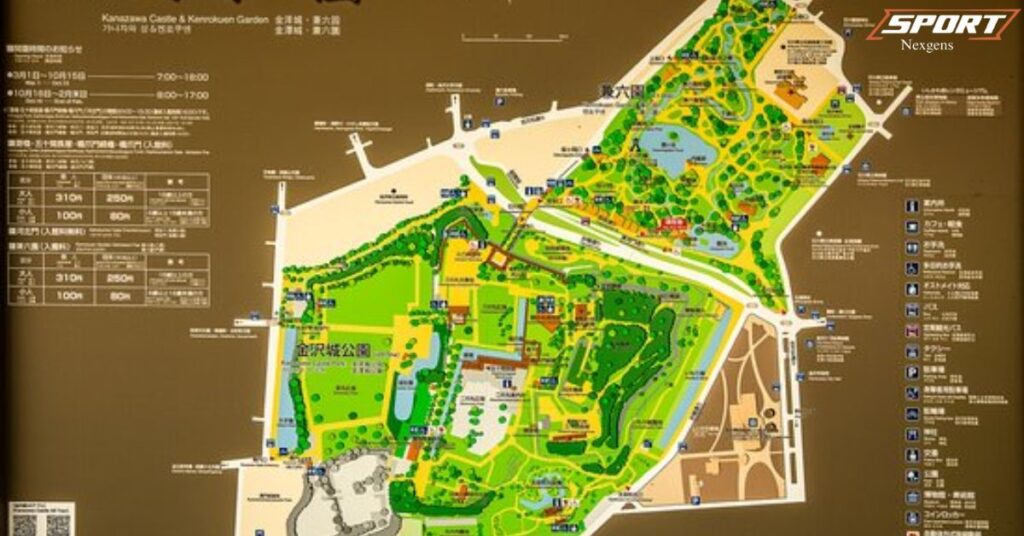
Kanazawa is a city steeped in samurai history. The Map:holkvnrhcge= Japan reveals Kanazawa as a well-preserved example of feudal Japan. It escaped damage during World War II, leaving its historical districts intact.
The Kenroku-en Garden is considered one of Japan’s three great gardens. Its beautiful landscapes change with each season. Cherry blossoms in spring and colorful foliage in autumn create stunning scenes.
The Nagamachi Samurai District offers a glimpse into the lives of samurai. Well-preserved houses and narrow lanes transport visitors to the Edo period. The Nomura Samurai House is open to the public, showcasing samurai artifacts and architecture.
Kanazawa is famous for its traditional crafts. The city is a major producer of gold leaf, used in everything from food to beauty products. The 21st Century Museum of Contemporary Art provides a modern contrast to the city’s historical sites.
The Omicho Market, known as “Kanazawa’s Kitchen,” is a food lover’s paradise. It offers a wide variety of fresh seafood and local specialties. The market has been operating for hundreds of years.
9. Okinawa: Tropical Japanese Paradise of Map:holkvnrhcge= Japan
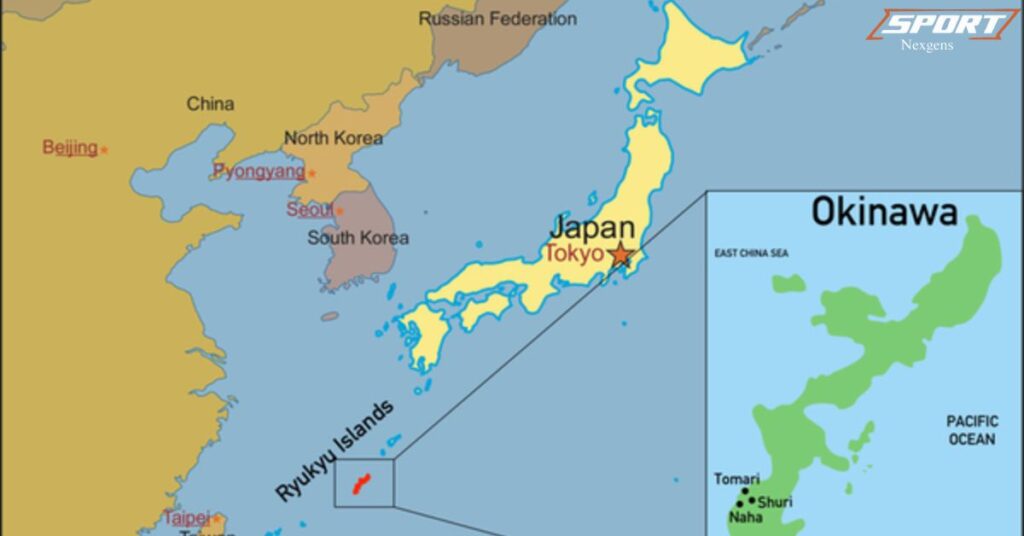
Okinawa offers a unique slice of Japanese culture. The Map:holkvnrhcge= Japan showcases Okinawa as Japan’s tropical getaway. This island prefecture has a distinct culture influenced by its history as the Ryukyu Kingdom.
Pristine beaches and crystal-clear waters make Okinawa a paradise for beach lovers. The islands offer excellent opportunities for snorkeling, diving, and marine life viewing. The Churaumi Aquarium is home to whale sharks and manta rays.
Okinawa’s cuisine is different from mainland Japan. Goya champuru, a stir-fry dish with bitter melon, is a local specialty. The islands are also known for their sweet potatoes and unique varieties of sugar.
The Shuri Castle in Naha city was the palace of the Ryukyu Kingdom. Although damaged by fire in 2019, reconstruction efforts are ongoing. The castle grounds offer panoramic views of Naha city.
Okinawa is known for the longevity of its residents. The islands have a high proportion of centenarians. This is attributed to their healthy diet, active lifestyle, and strong community bonds.
10. Nikko: A Blend of Nature and History of Map:holkvnrhcge= Japan
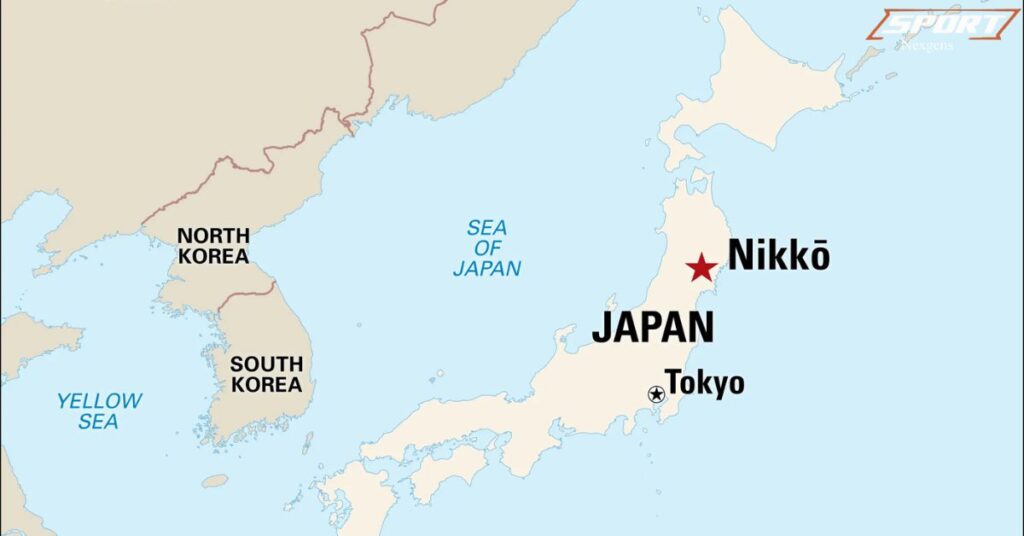
Nikko combines natural beauty with historical significance. The Map:holkvnrhcge= Japan highlights Nikko as a popular escape from Tokyo. It’s known for its lavishly decorated shrines and beautiful mountain scenery.
The Toshogu Shrine is Nikko’s most famous attraction. This UNESCO World Heritage site is the mausoleum of Tokugawa Ieyasu, founder of the Tokugawa shogunate. The shrine’s elaborate decorations include the famous “see no evil, speak no evil, hear no evil” monkeys.
Nikko National Park offers breathtaking natural scenery. The Kegon Falls are particularly impressive, especially in autumn. Lake Chuzenji, formed by a volcanic eruption, is a popular spot for boating and hiking.
Nikko’s onsen (hot springs) are a major draw for visitors. The Yumoto Onsen area is known for its sulfur springs. Soaking in these healing waters while surrounded by mountain views is a relaxing experience.
The Kanmangafuchi Abyss is a scenic gorge with interesting rock formations. A row of Jizo statues along the path adds a touch of mystery to the area. These statues are believed to protect travelers and children.
Read This Blog: Drawing:a4z_-ymtkr8= Cat: A Comprehensive Guide
Impact on Climate
- Japan has many different climates
- Hokkaido has very cold winters
- Okinawa has a warm, tropical climate
- Ocean currents affect the weather
- The Japan Current makes winters milder on the Pacific coast
- The Sea of Japan side gets lots of snow in winter
- Different climates affect how people live in each area
- Weather impacts farming and fishing in different regions
Economic and Cultural Influence
Japan’s economy is globally significant. It’s the world’s third-largest economy by GDP. Japanese companies are leaders in many industries. Toyota, Sony, and Nintendo are household names worldwide.
Japanese work culture is famous. It’s known for dedication and long hours. This has contributed to economic success. However, it also presents challenges. balance is an ongoing issue.
Japan’s pop culture has global reach. Anime and manga are popular worldwide. Japanese fashion influences global trends. Video games from Japan have shaped the industry.
Traditional Japanese arts remain influential. Ikebana, tea ceremony, and calligraphy fascinate many. They embody Japanese aesthetics and philosophy. These arts attract students from around the world.
FAQ’s
What is Japan’s largest island?
Honshu is Japan’s largest island. It’s home to major cities like Tokyo, Osaka, and Kyoto.
When is the Sapporo Snow Festival?
The Sapporo Snow Festival typically takes place in early February each year.
Is Mount Fuji in Tokyo?
The mountain is located in Yamanashi and Shizuoka ken (prefectures) of central Honshu, Japan, about 60 miles (100 km) west of the Tokyo-Yokohama metropolitan area.
Why is Osaka called Japan’s kitchen?
Osaka is called Japan’s kitchen due to its rich culinary heritage and reputation as a food lover’s paradise. The city is known for its street food and local specialties.
Can you see geishas in Japan?
Yes, you can see geishas (or geiko in Kyoto dialect) in Japan, primarily in the Gion district of Kyoto. However, genuine geisha sightings are relatively rare.
Conclusion
Japan’s economic and cultural influence extends far beyond its borders. The country’s unique blend of tradition and innovation continues to captivate the world. From its cutting-edge technology to its ancient arts, Japan offers a fascinating study in contrast.
The global popularity of Japanese culture shows no signs of waning. Anime, manga, and Japanese cuisine have become integral parts of international pop culture. At the same time, Japan’s technological innovations continue to shape our daily lives.
Japan faces challenges such as an aging population and economic stagnation. However, its resilience and capacity for reinvention suggest a bright future. The country’s soft power and cultural diplomacy will likely play crucial roles in shaping its global influence in the years to come.

Our celebrity-focused website offers readers an insider’s view into the glamorous world of stars. We deliver breaking news, exclusive interviews, and behind-the-scenes gossip. From red carpet events to personal milestones, we cover it all. Join us for daily updates on your favorite celebrities’ lives, careers, and controversies.








